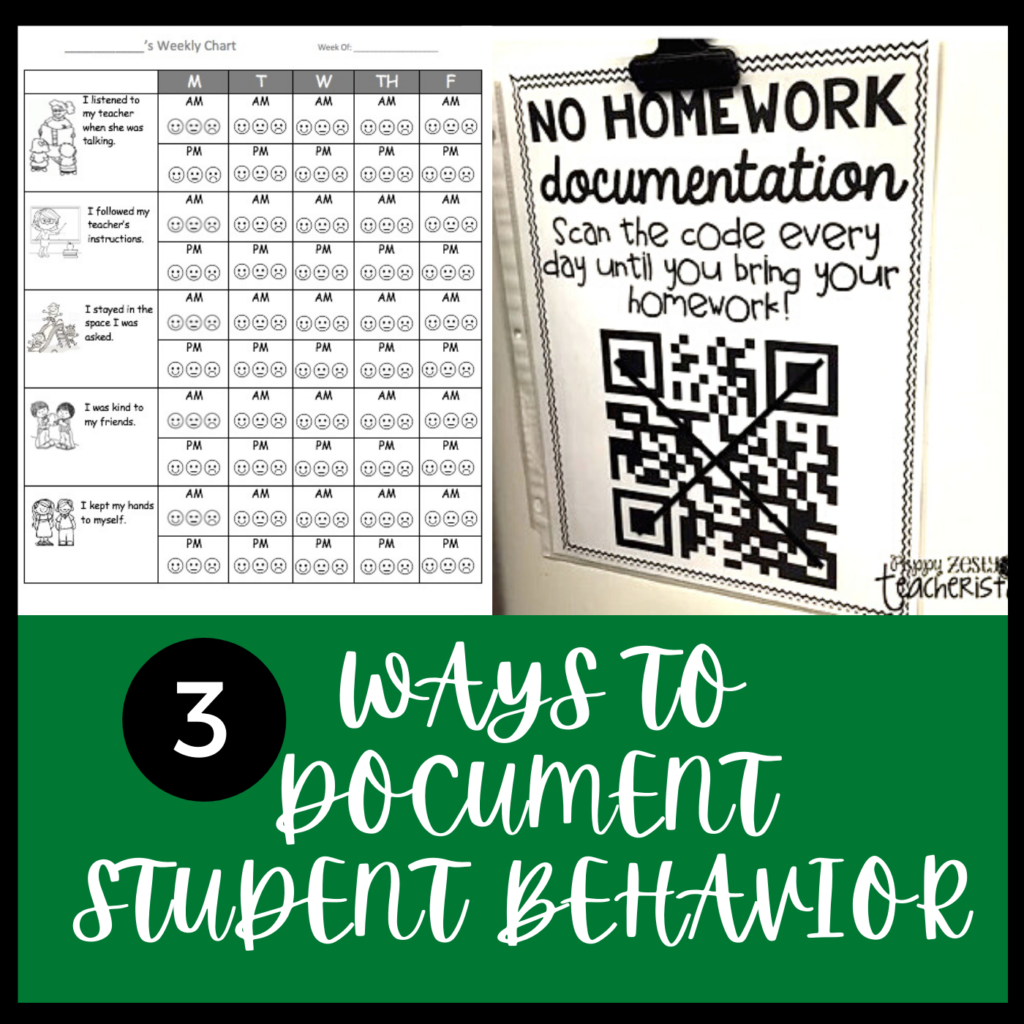Goals can be a powerful motivator and tool for accountability. Several different years when I was teaching and preparing my students for external exams or just trying to motivate low performers, I asked each student to come up with a goal (a percentage) that they wanted to hit in the subject. I tried to steer them to set a goal that was challenging but achievable. Then I gave each student a number and created a class chart using those numbers. Each month I plotted on a the chart the score each student got and we watched together as those scores went up. Some when up gradually, others significantly increased for a certain month.
When you expect great things out of students and get them to expect them out of themselves you’ll see they rise to the challenge.
1. Students Should Take Part in Setting the Goal.
When students are apart of setting their own goals they feel ownership of them and will work harder to attain the goal since they chose it. Allow students to decide what they want to work on. It could be an academic goal, a behavior goal or a social goal. If they are stuck you can provide some guidance and ideas by helping them look reflectively on some of their recent academic work.
2. Ensure the Goal is Reasonable
After the students set their goal, check to make sure the goal is reasonable. It would not be a good idea for a C average student to set a goal of getting all A’s on the next report card. If the student has a really big goal, you could help them break it down into smaller, short-term goals. They will be encouraged each time them reach a short-term goal rather than giving up because the long-term goal is so far away.
3. Provide the Necessary Supports.
As a teacher, provide whatever support students said they needed when setting their goals. Maybe they requested a different seat in class or to meet with you at lunch once a week. It is also important to differentiate your activities to help support all your learners, low and high-achieving.
4. Follow-Up and Help Students Track Their Progress
For any goal to be achieved there needs to be follow-up. How many times do we set goals and then never look at them again? In order for the goals to be successful you need to continually remind students about them. Meet with them to review their goal and check their progress. You could put up a visual reminder of the goal and their progress (like the line graph I mentioned above). Teacher Karma has a post with some great ideas for tracking progress too.
5. Provide An Incentive.
Students are much more likely to buy into the goals if they have an incentive outside of just “the joy of getting a good grade”. The incentive might be as simple as a popcorn party, sitting anywhere you want for a day, no shoes in the classroom day or extra recess. The incentive is tied to them achieving their goal, whatever their goal was.
Other posts to check out:



